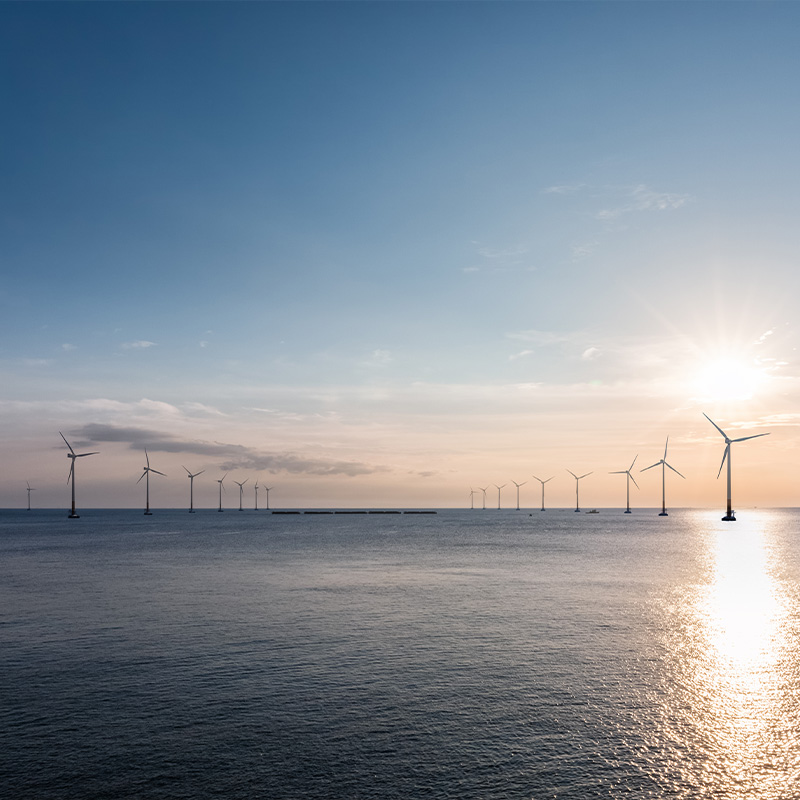
The Empire State Strikes Back – New York’s ambitious renewable energy plans
A Challenging Year
2020 has been a bruising year for many across the globe and few places were harder hit than New York. It is testament to both the character of the state and its governor, Andrew Cuomo, that instead of being distracted by its leadership role in US green energy that it has instead gone on the attack against climate change. A new clean energy solicitation is seeking to add 4GW of renewable energy capacity, following up on last year’s solicitation that awarded 1.7GW of renewable energy capacity. Supporters of offshore wind will be pleased that this year’s solicitation includes 2.5GW for the sector, firmly supporting the state’s plan to achieve 9GW of offshore wind by 2035. Once these projects are complete it will be the emissions equivalent of removing 300,000 cars from the streets of the state.
Whilst the scale of the solicitation is impressive, it also aligns with New York’s Green New Deal. The solicitation targets a positive mix of economic development, job creation and environmental justice. It is anticipated that around 2,000 short term and long term jobs will be created by the solicitation. The emphasis on infrastructure to support the new renewable energy capacity also shows good foresight, investment in port facilities should help avoid the sort of interconnection problems that have dogged other schemes elsewhere.
Since 2018, New York has awarded 67 large scale renewable energy projects, the most of any state. This article will aim to provide an overview of progress on two of the different technologies deployed; offshore wind and solar.
Offshore Wind
Last year saw the first offshore wind awards for New York totalling 1.7GW across two projects; Empire Wind and Sunrise Wind.
Located 14 miles from Jones Beach State Park, Empire Wind will have a capacity of 816MW and is expected to be in operation by 2024. The project is being developed by Equinor Wind US LLC. Sunrise Wind is located 30 miles to the east of Long Island and will be the Larger of the two schemes with a capacity of 880MW. The scheme is being developed by Sunrise Wind LLC (a joint venture of Ørsted A/S and Eversource Energy). In addition to these schemes there is a smaller 130MW scheme being developed by Long Island Power Authority (LIPA) known as the Southfork Wind Farm. If the current solicitation achieves its aim then the state will be half way to its offshore wind target.
A recent report by the Brattle Group suggests that if the schemes are integrated into a multi-user transmission system it could save $500m and reduce environmental impacts and risks. With some schemes a long way out from the New York cost, a planned transmission approach could reduce cabling by an impressive 660 miles. There are good reasons to think the report will be acted upon given the carbon reduction focus of the solicitation.
Solar
Solar sits behind hydro and wind energy as an energy source for New York. The new solicitation has identified 17 large scale solar projects for support of which two will feature energy storage elements. Whilst solar may be the junior partner in the state’s energy mix, it will become a more visible presence as the new sites will be nearly every region of the state. Albany will receive three schemes of roughly 20MW each whilst the Garnet Energy Center in central New York will play host to 200MW of Solar PV and 20MW of energy storage.
Future improvements
It’s clear that New York has doubled down on hitting its green goals. Its commitment to offshore wind is impressive and offers a great path to large scale renewable energy adoption. There are two areas for future development that will hopefully feature in future projects. The first would be a welcome expansion of energy storage for future schemes. New York has good grid reliability, but it does seem underserved with energy storage options. The second challenge focuses on waste. Unlike in several West Coast cities there is no mandate for residents in New York City to separate their food and yard scraps – as a result 1 million tons of organic waste go to landfill each year. A future focus on diverting this waste to a composting program would significantly burnish the already impressive sustainability credentials of New York.
